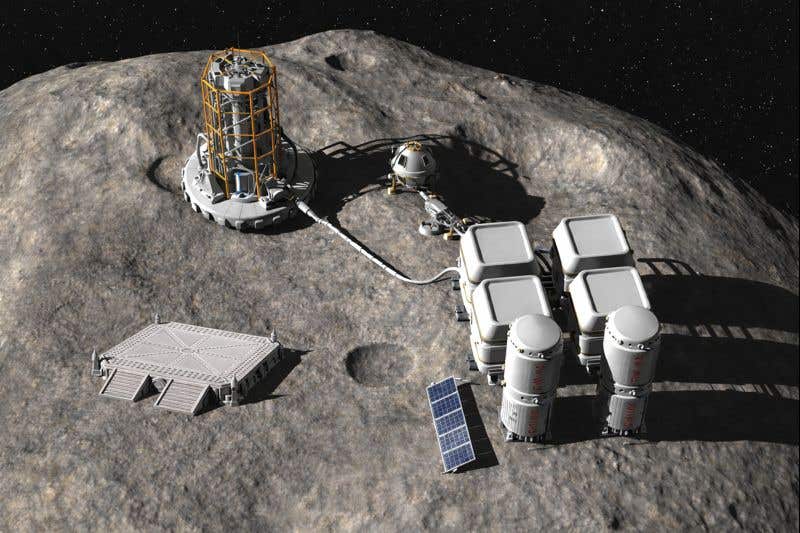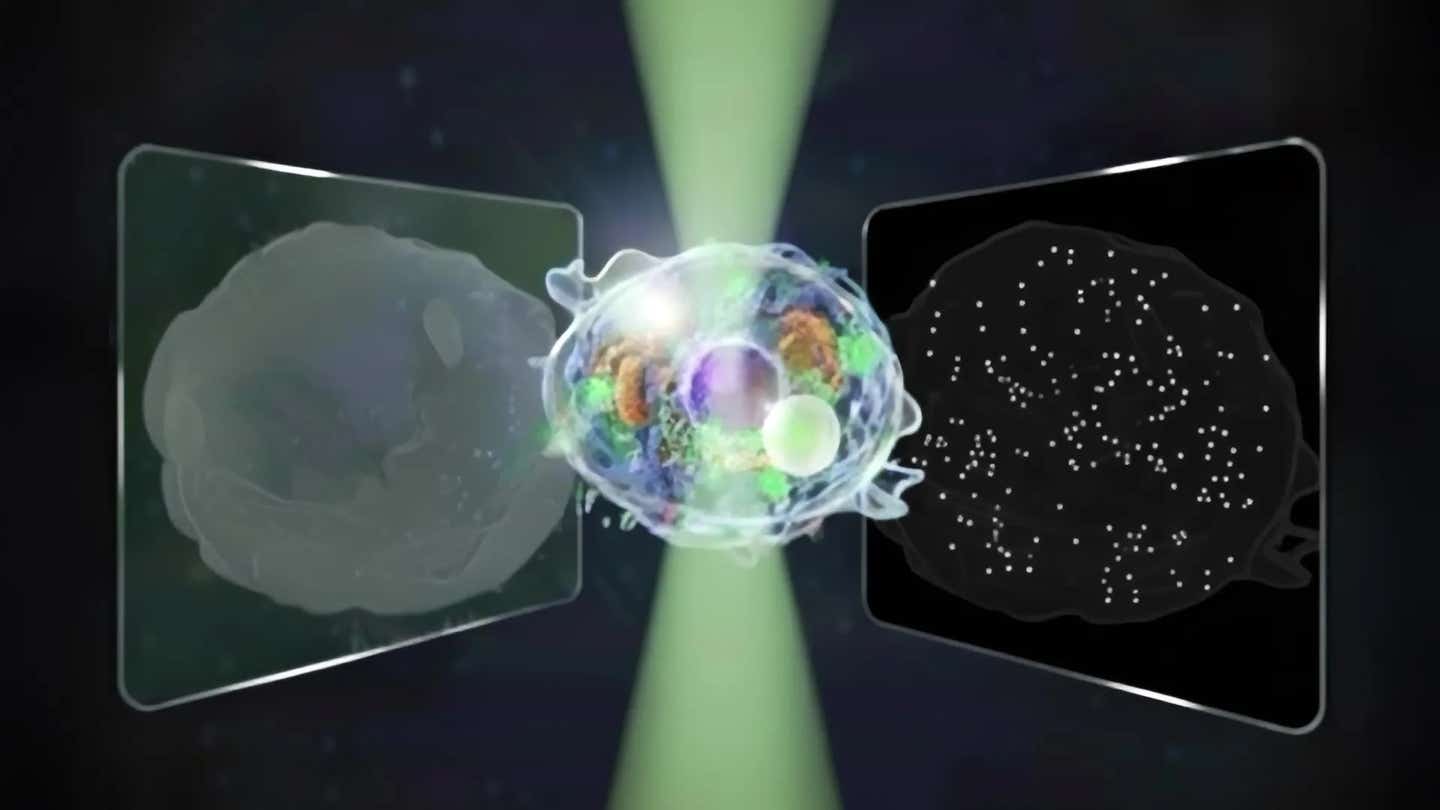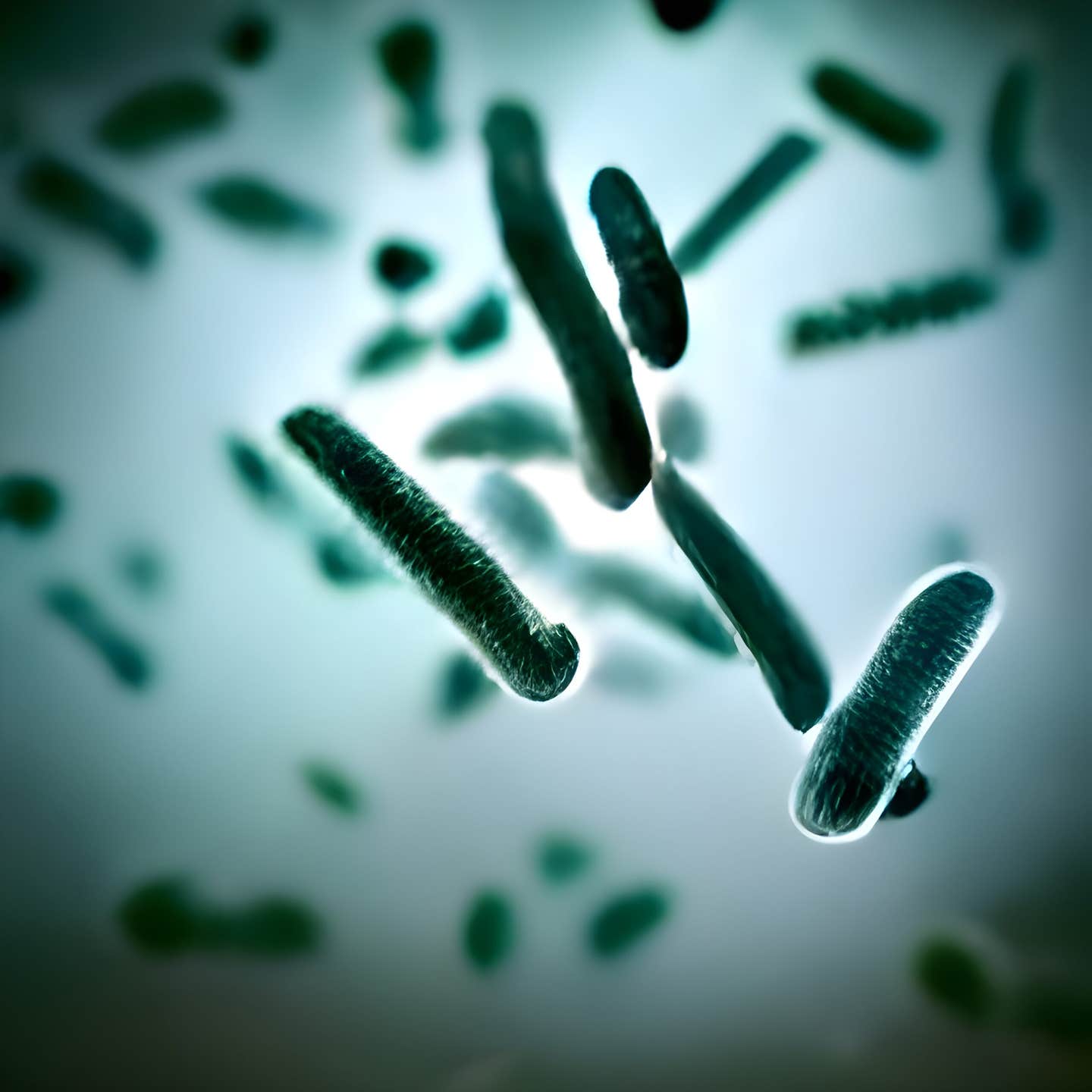Elephant stem cells created in a lab trumpet the return of the woolly mammoth
In a groundbreaking development, scientists have achieved a significant milestone by inducing elephant cells into an embryonic state.

About 4,000 years ago, the last known wooly mammoths disappeared on a remote Arctic island off the coast of Siberia. (CREDIT: CC BY-SA 4.0)
In a groundbreaking development, scientists have achieved a significant milestone by inducing elephant cells into an embryonic state. (CREDIT: Creative Commons)
In a groundbreaking development, scientists have achieved a significant milestone by inducing elephant cells into an embryonic state. The announcement, made by Colossal Biosciences based in Dallas, Texas, marks a pivotal advancement in their ambitious project to engineer elephants possessing woolly mammoth characteristics.
The endeavor traces its roots back to a seminal study conducted eighteen years ago, demonstrating the reprogramming of mouse skin cells into embryonic-like cells, termed induced pluripotent stem (iPS) cells.
These versatile cells, capable of differentiating into various cell types, form the cornerstone of Colossal's initiative to cultivate herds of Asian elephants genetically modified with traits reminiscent of their extinct relatives, the woolly mammoths.
The fossil of a woolly mammoth (left background) and small replica (right) are shown on display at the CaixaForum in Zaragoza, Spain. (CREDIT: Nano Calvo/VWPCS/AP)
Dr. George Church, a geneticist from Harvard Medical School and co-founder of Colossal, expressed optimism, stating, "I think we're certainly in the running for the world-record hardest iPS-cell establishment." However, he acknowledged the formidable challenges inherent in the process, exemplified by the difficulty encountered in establishing elephant iPS cells.
The quest to create iPS cells from endangered species has witnessed significant strides over the years. Stem-cell biologist Dr. Jeanne Loring and her team at the Scripps Research Institute pioneered the creation of iPS cells from endangered animals, including the northern white rhinoceros (Ceratotherium simum cottoni) and a species of monkey known as the drill (Mandrillus leucophaeus).
Despite these advancements, the endeavor to derive elephant iPS cells has proven to be particularly arduous.
Related Stories
Colossal's head of biological sciences, Dr. Eriona Hysolli, detailed their journey, recounting initial setbacks encountered while attempting to follow established protocols for reprogramming elephant cells.
Subsequent experimentation with a chemical cocktail, commonly employed in reprogramming human and mouse cells, yielded promising results. By carefully modulating the expression of specific genes, particularly TP53, the team successfully generated four elephant iPS-cell lines exhibiting characteristics akin to those observed in other organisms.
Dr. Church emphasized the significance of these findings, highlighting their utility in elucidating genetic modifications necessary to confer mammoth traits onto Asian elephants. He outlined plans to leverage these iPS cells for genetic editing and subsequent transformation into relevant tissues, such as hair or blood, essential for realizing their vision of creating gene-edited Asian elephants.
Scripps Research Institute pioneered the creation of iPS cells from endangered animals, including the northern white rhinoceros. (CREDIT: Creative Commons)
However, the path towards engineering mammoth-like elephants entails overcoming multifaceted challenges in reproductive biology. Strategies such as transforming gene-edited iPS cells into sperm and egg cells to generate embryos have shown promise in mice. Additionally, the prospect of directly converting iPS cells into synthetic embryos offers potential avenues for exploration.
To circumvent the need for surrogate elephant mothers, Dr. Church envisages leveraging artificial wombs derived, in part, from iPS cells. This approach aims to minimize interference with the natural reproduction of endangered species while facilitating the scaling up of in vitro gestation techniques.
Scripps Research Institute pioneered the creation of iPS cells from endangered animals, including a species of monkey known as the drill (Mandrillus leucophaeus). (CREDIT: Creative Commons)
Reflecting on the broader implications of this breakthrough, Dr. Loring underscored its significance for researchers grappling with reprogramming challenges across various species. Stem-cell biologist Dr. Sebastian Diecke echoed the sentiment, emphasizing the need for further validation of iPS cell stability and their capacity to differentiate into diverse tissue types.
Meanwhile, evolutionary geneticist Dr. Vincent Lynch, whose endeavors to derive elephant iPS cells have thus far been unsuccessful, intends to explore the methodology devised by Dr. Hysolli's team. His research aims to unravel the enigma surrounding elephants' remarkable resistance to cancer, a trait that remains poorly understood.
While the realization of mammoth-like elephants through iPS cell technology remains a distant prospect, Dr. Lynch remains cautiously optimistic about its feasibility given adequate time and resources. However, uncertainties persist regarding the timeline and allocation of resources required for such an ambitious endeavor.
The successful reprogramming of elephant cells represents a significant stride towards realizing the ambitious goal of engineering elephants with mammoth traits.
While challenges abound, the collaborative efforts of researchers worldwide continue to drive progress towards unraveling the mysteries of de-extinction and genetic engineering.
For more science stories check out our New Discoveries section at The Brighter Side of News.
Note: Materials provided above by the Saint Louis University. Content may be edited for style and length.
Like these kind of feel good stories? Get the Brighter Side of News' newsletter.



